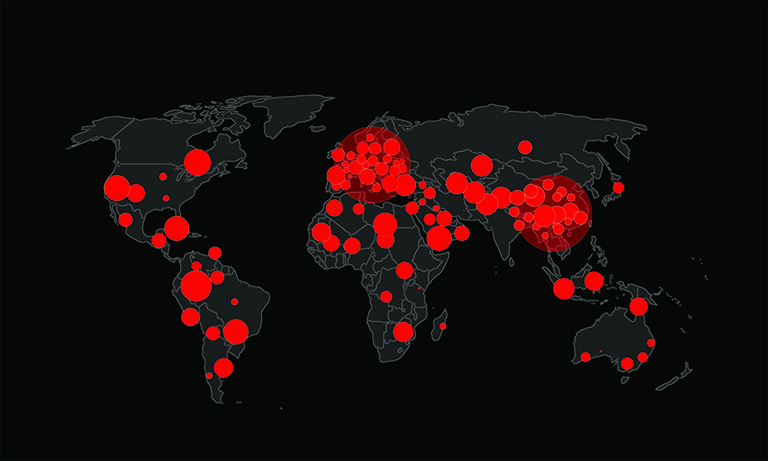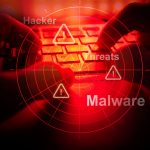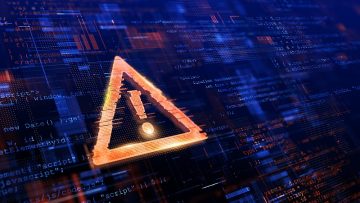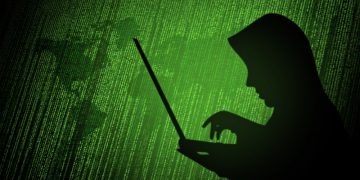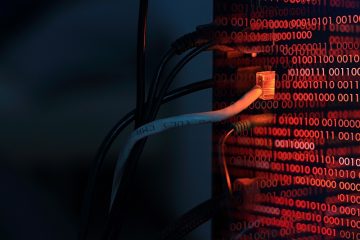VerdaCrypt Ransomware: A Green-Tinted Threat with a Vicious Agenda

Table of Contents
What Is VerdaCrypt and How Does It Work?
VerdaCrypt is a ransomware variant that functions by encrypting files on a victim's device and then aking for a ransom in exchange for the decryption key. What makes VerdaCrypt stand out is its use of a ".verdant" file extension, clearly marking every file it locks with a distinct, unsettling signature.
Once VerdaCrypt infects a system, it begins encrypting documents, images, and other personal or business files. For example, "photo.jpg" becomes "photo.jpg.verdant," and "report.docx" transforms into "report.docx.verdant." After the encryption process is complete, the ransomware drops a text file titled "!!!READ_ME!!!.txt" in affected folders. This file contains the ransom message and instructions for the victim.
Here's what the ransom note says:
Y O U R D I G I T A L E X I S T E N C E H A S B E E N C O M P R O M I S E D.
INTRUSION PROTOCOL: VERDACRYPT - INITIATED.
Your critical infrastructure has suffered a catastrophic security event. A sophisticated cryptoviral payload, designated VerdaCrypt, has successfully breached your system's perimeter and executed a multi-layered encryption cascade. All sensitive data, including but not limited to proprietary documents, personal archives, multimedia assets, and databases, are now rendered cryptographically inert and irretrievable without our intervention.
ONTOLOGICAL DILEMMA: DATA SOVEREIGNTY & THE TRANSCENDENCE OF VALUE.
Consider this not merely an act of digital extortion, but a stark ontological reassessment of your data's intrinsic worth. In this hyper-connected, late-capitalist paradigm, information is the ultimate commodity. You have operated under the illusion of control, hoarding digital wealth without acknowledging its inherent precarity. We are the catalysts of disruption, forcing a necessary reckoning with the ephemeral nature of digital sovereignty. Your data, now under our dominion, will only regain utility through a transactional exchange – a tribute to its true, albeit previously unacknowledged, value.
RECOVERY PROCEDURE: THE PATH TO DIGITAL REBIRTH.
While your current digital state is one of enforced entropy, a path to restoration exists. We possess the asymmetric decryption keys necessary to reverse the algorithmic entropy we have imposed. However, access to this vital instrument is contingent upon your adherence to the following directives:
1. SYSTEMIC QUIESCENCE MANDATORY: Cease all unauthorized remediation attempts. Any interference with the encrypted file system may induce irreversible data corruption and invalidate any potential for decryption. Further, any attempts at forensic analysis or network tracing will be met with escalated countermeasures.
2. SECURE CHANNEL ESTABLISHMENT VIA PROTONMAIL: Initiate encrypted communication through the Protonmail platform. Contact us at: dendrogaster_88095@protonmail.com. Utilize a separate, uncompromised device for this communication.
3. FINANCIAL TRANSCENDENCE PROTOCOL: Prepare for a financial exchange commensurate with the value you ascribe to your compromised data. Detailed payment instructions, including the precise Bitcoin (BTC) quantum required for decryption key acquisition, will be provided upon initial contact. Be advised: the value proposition is dynamic and subject to escalation based on temporal delays and perceived resistance.
CONSEQUENCES OF NON-COMPLIANCE: DIGITAL OBLITERATION.
Failure to adhere to these directives will result in the permanent cryptographic lockdown of your data assets. Furthermore, depending on the perceived recalcitrance and value of the exfiltrated data, we may initiate a phased data dissemination protocol, exposing your proprietary information to public and competitive vectors. Your digital legacy hangs in the balance.
VerdaCrypt - Kugutsushi subdivision.
Double Trouble: Encryption and Extortion
VerdaCrypt employs a technique known as double extortion. Not only does it lock data, but it also threatens to leak sensitive files online if the ransom isn't paid. This tactic adds pressure on victims, especially businesses and institutions that might fear reputational damage or legal consequences from leaked client or internal data.
The ransom note claims the only way to retrieve the encrypted data is to pay the attackers in Bitcoin. It also discourages attempts at recovering data through other means, warning that such efforts could make files permanently inaccessible. Unfortunately, there's no guarantee the attackers will deliver the decryption tool even after payment is made.
What Ransomware Like VerdaCrypt Wants
Ransomware programs have a clear goal: profit. Cybercriminals often tailor their ransom demands based on the perceived value of their target. While an individual home user may be asked for a few hundred dollars, a large corporation or public institution could face demands in the tens or even hundreds of thousands.
The VerdaCrypt attack reinforces this businesslike approach to cybercrime. By combining strong encryption with the threat of exposure, the attackers increase their leverage, hoping to maximize financial gain through fear and urgency.
No Guarantees: Paying the Price Could Mean Losing Twice
Although paying the ransom may seem like the quickest way to regain access to files, it is strongly advised against. In many cases, victims never receive a working decryption tool, even after payment. Moreover, complying with ransom demands fuels the profitability of ransomware operations, encouraging further attacks.
Once files are encrypted by VerdaCrypt, removing the ransomware itself will not decrypt the locked data. The only reliable recovery method is restoring files from a secure backup—assuming such a backup exists and was not connected to the infected system at the time of attack.
How Ransomware Spreads: The Hidden Danger in Everyday Actions
VerdaCrypt spreads through common cyberattack vectors, many of which involve deceiving the user. Phishing emails are one of the most prevalent methods, with malicious attachments disguised as harmless files—such as invoices, job applications, or software updates. When opened, these files trigger the installation of the ransomware.
Other methods include malicious websites, pirated software, bundled freeware from questionable sources, and fake software cracks or updates. Some ransomware strains can even spread across local networks or through removable drives, such as USB sticks and external hard drives, silently hopping from one system to another.
Staying Safe: Prevention Is the Best Protection
With ransomware threats like VerdaCrypt on the rise, maintaining strong digital hygiene is more important than ever. Start with the basics: avoid downloading software or opening attachments from untrusted or unknown sources. Be skeptical of unexpected messages, even if they appear to come from legitimate contacts.
Use antivirus software, enable firewalls, and keep all programs and operating systems up to date. Most importantly, data should be backed up regularly and stored in multiple secure locations—such as cloud services and offline drives—so it remains out of reach in the event of an attack.
Final Thoughts
VerdaCrypt reminds us that ransomware is not only here to stay but is also becoming more aggressive and sophisticated. Its use of double extortion tactics reflects a growing trend among cybercriminals to apply more pressure and extract higher ransoms.
By understanding how ransomware like VerdaCrypt operates and taking steps to prevent infection, individuals and organizations can better protect their data and avoid falling victim to this costly digital menace.
